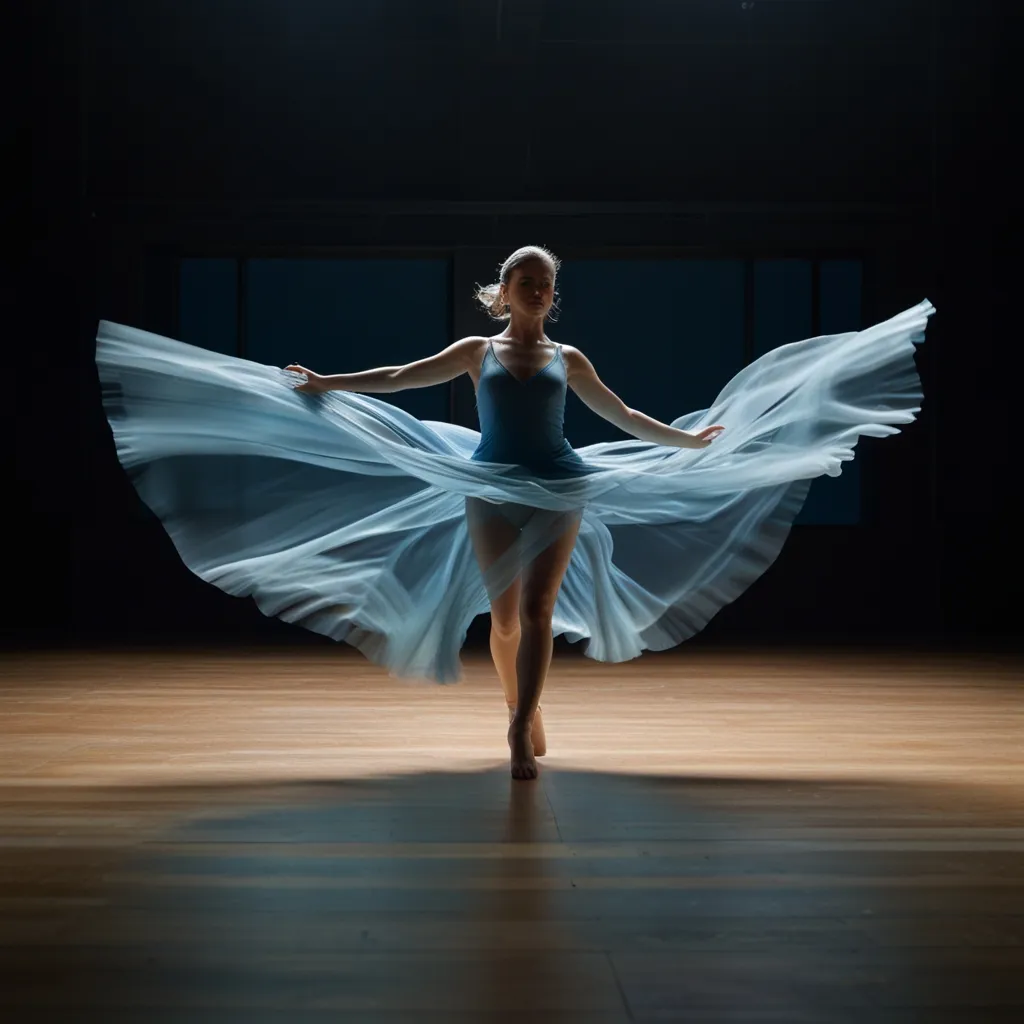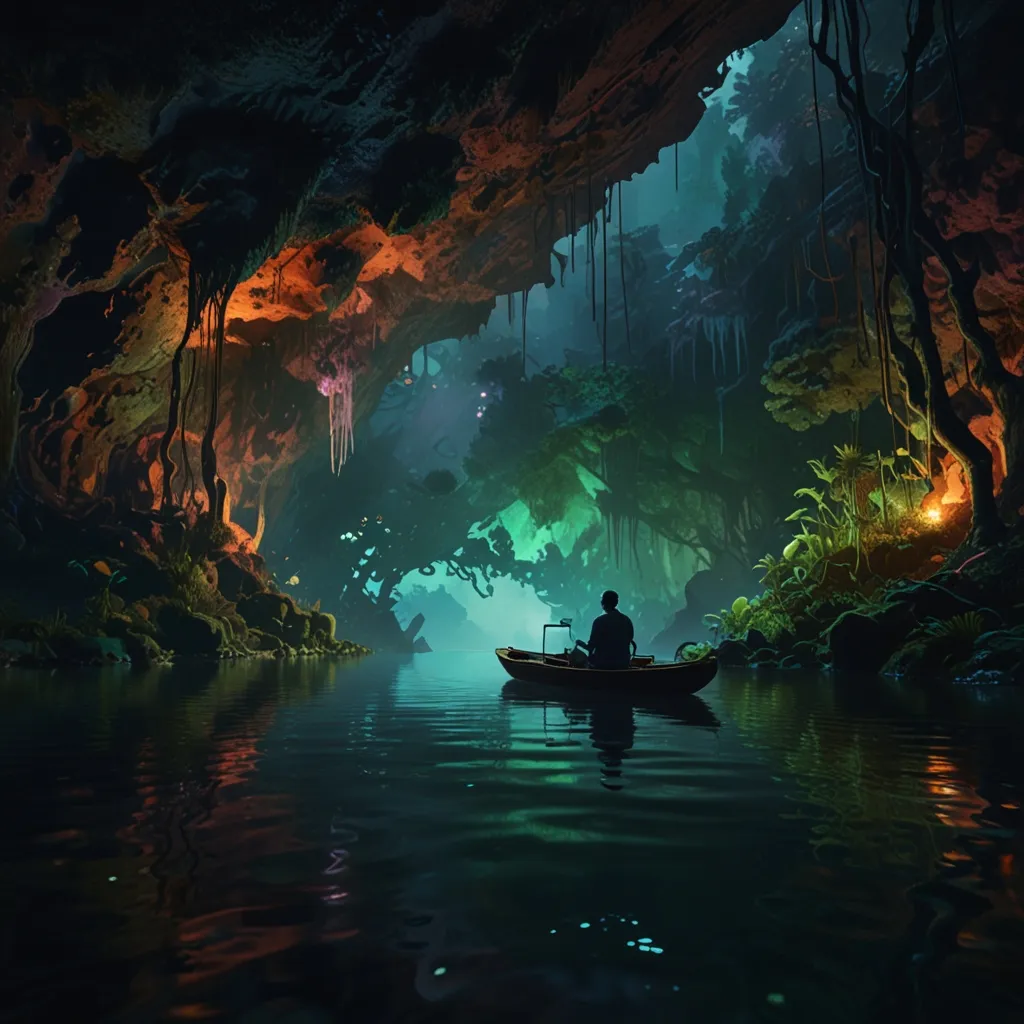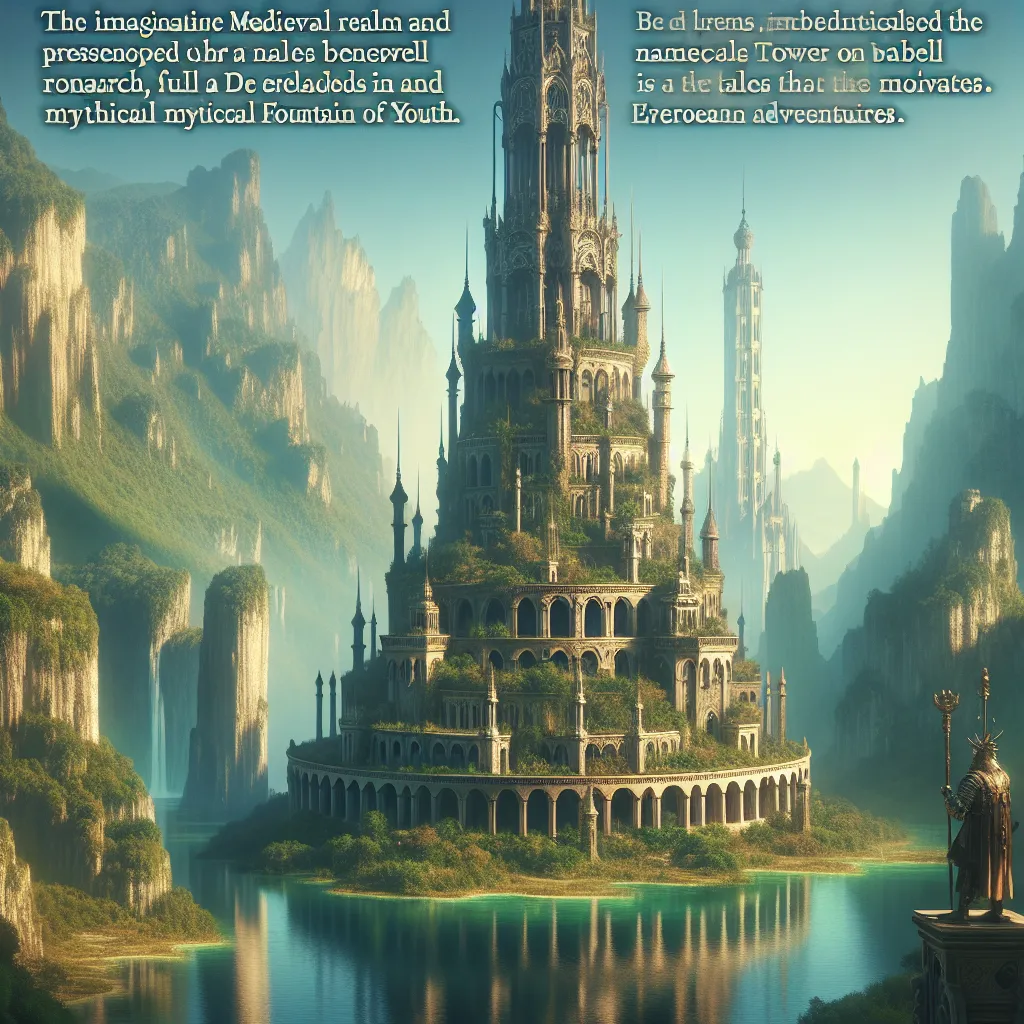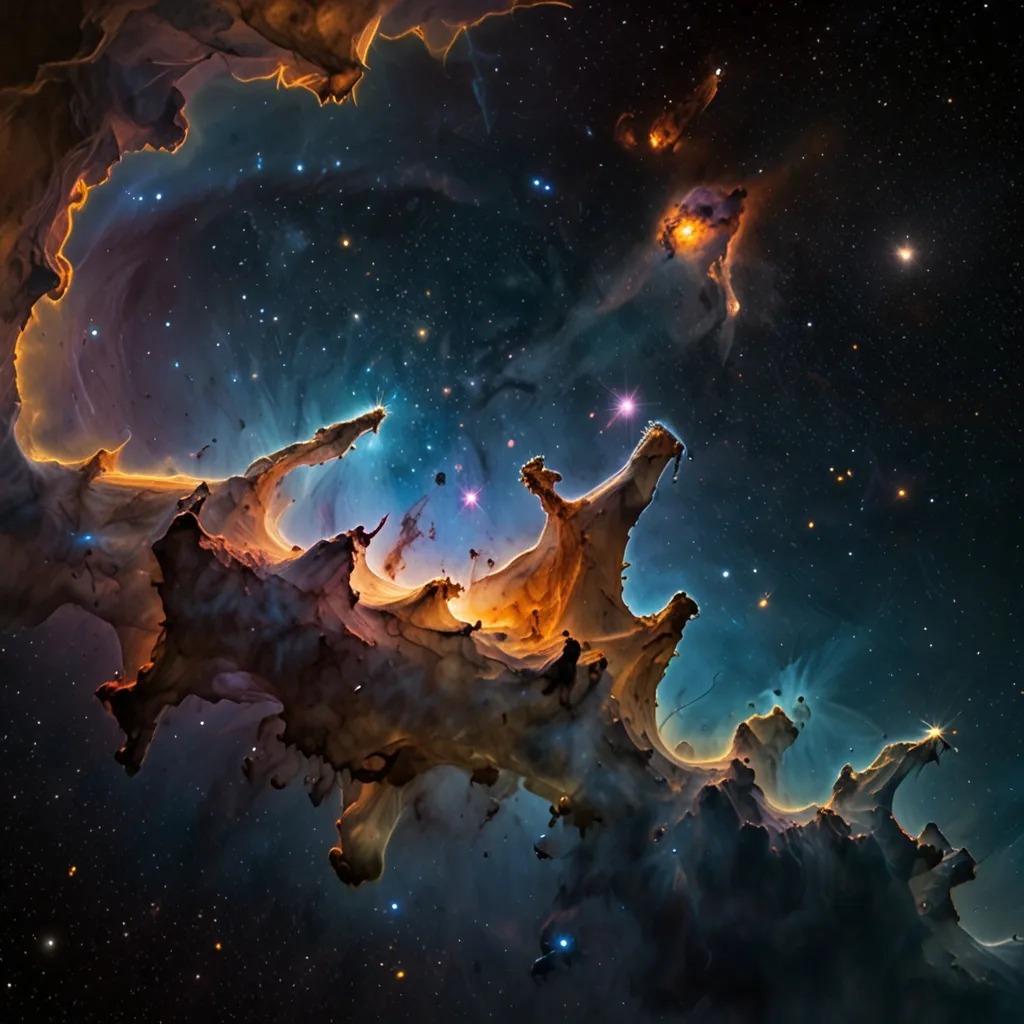When light hits a piece of glass or any clear material, something pretty fascinating happens. Those invisible atoms within the material, which are affected by the incoming light’s electromagnetic fields, start moving and dancing around. It’s all thanks to Maxwell’s incredible insights that we know this movement of electric charges can whip up an electromagnetic field. In essence, these atoms start creating photons—tiny packets of light—in response to the light traveling through them.
These new light waves that the photons create move at the famous speed of light, often noted as “C.” That’s what science calls their “phase velocity.” But what our eyes catch isn’t these individual waves bouncing around independently. We actually perceive a combined or summed-up wave of light. Imagine a light symphony, where each part isn’t a single instrument but a whole orchestra playing together.
These newly formed light waves mix with the original light wave that first entered the transparent medium. Now, because light waves come in various wavelengths or “sounds” in this symphony, they don’t always get along perfectly. They interfere with each other—sometimes constructively, making parts of the light brighter, and other times destructively, causing parts to dim.
This whole interaction slows down the summed-up light wave as it passes through materials like glass and water. It doesn’t quite hit the maximum speed of light; instead, it dawdles a bit as it makes its way through. The mystery isn’t in the individual waves but rather in the fascinating ballet of lights, a complex interplay that orchestrates the slowed down journey of light across mediums.
Isn’t it fascinating how even something as simple as light bending through glass can weave a tale of atomic dances and photonic creations? This story of light isn’t just about speed but about the intricate choreography that happens every second around us, often unnoticed, as light weaves through the ordinary, making it extraordinary.
Ever wondered why light slows down in glass and water, despite its insane speed limit? The interaction of light with materials brings us an unseen layer of complexity, painting the mundane with a stroke of mystery. This process ties into the essence of how we perceive the world around us, how light constructs our reality in ways that are intricate and mesmerizingly complex.
Imagine every photon as a tiny, unassuming messenger of light, embarking on a journey through glass, determined to tell a story that is both ancient and immediate. As it rubs shoulders with countless other photons, each step is a little slower than its maximum capacity, engaging with the atoms in a singular dance unique to each transparent surface it crosses.
In the grand scheme of things, the speed of light through glass is a reminder of a world that is constantly communicating in a language of waves and fields. It’s a world where time pauses, a little bit, defying the universe’s urge to rush through just everything with reckless abandon.
Our everyday experience of slowing light reminds us that even the most fundamental things hold secrets waiting to be uncovered. In science, they say we stand on the shoulders of giants. Maxwell, with his profound revelations about electromagnetic fields, stands among these giants. Yet, as we dive deeper, our understanding of light and its interactions builds on his legacy, weaving a tapestry that is as informative as it is awe-inspiring.
There’s something incredibly enchanting about knowing that every burst of light zipping through a glass window or a raindrop is subtly intertwined with the universe in a grand, cosmic dance. It doesn’t simply blaze through, unaffected. It negotiates, it twists, it turns, embodying the concept of ‘taking the scenic route,’ enriching the journey with depth, with interaction, and with pauses that redefine fleeting moments.
This saga of light is an intimate one, a testament to nature’s ability to take something as constant as the speed of light and present it to us as both a mystery and a revelation. It’s in this dance, in this subtle slowing down, that we find a deeper appreciation for the everyday spectacles we often take for granted. Therein lies the gentle, persuasive poetry of light — ever-constant, yet constantly evolving in our eyes, connecting us to the infinite expanse of the universe as much in its slowdowns as in its swift journeys.
This conversation between light and matter is an ode to curiosity itself—an invitation to not only observe but to delve deeper, to question and to marvel. It’s a whisper that urges us to pause and reflect on the seemingly invisible, as light does when it waltzes through a clear pane, unaware of the stories etched in its wake.
In essence, light’s journey through glass and water isn’t just about traveling slower or defying velocity norms. It’s about the chronicle of photons engaging in age-old storytelling, crafting the complex, unseen interactions that shape and define our perception of the world. This play of light remains a mesmerizing performance, resonating with the eternal appeal of the universe’s most enchanting narratives, urging us to continuously chase after the light — literally and metaphorically — with wonder and awe.






